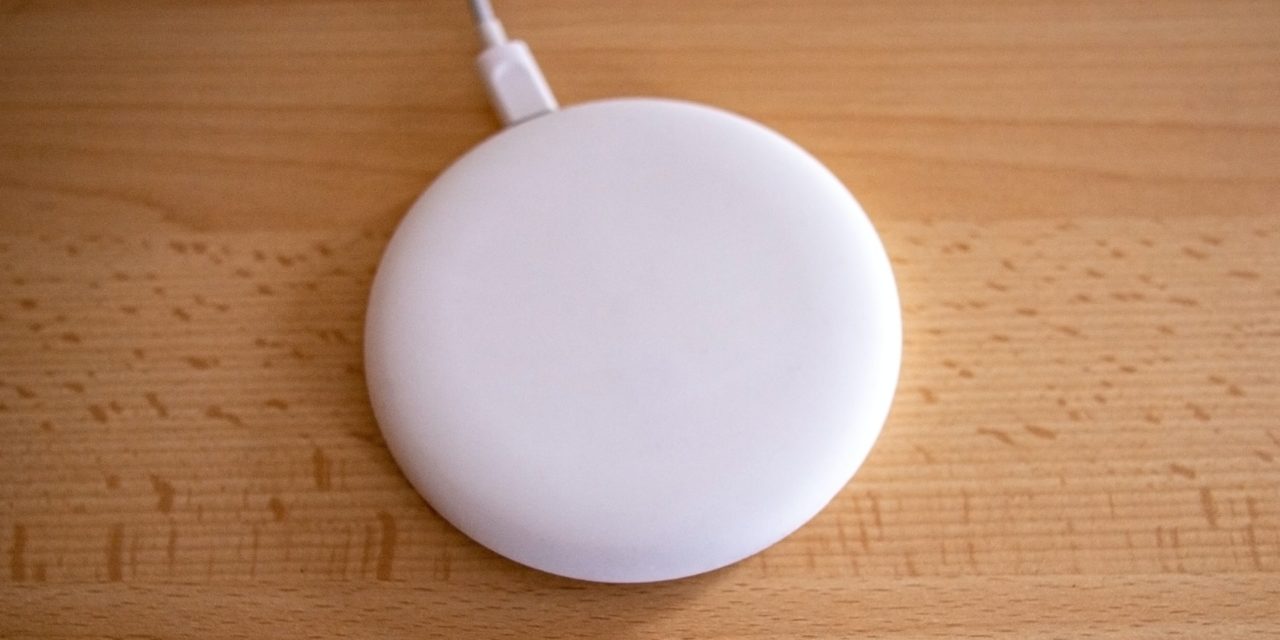[ad_1]
There has been a big push for disaster rescue robotic system with lots of participants in a DARPA Challenge in 2013. Google X and other contestants put forth their best renditions of robotic systems to solve problems, open doors, climb ladders, stairs, tie knots, turn off gas lines and avoid obstacles. These robotic systems are loaded with high-tech software, artificial intelligence, and an array of sensors to accomplish these tasks, along with video feed for their human counterparts. Why not add a couple of more features to really make them useful? Let's talk shall we?
There was a worthy article in NASA Tech Briefs in the September 2017 issue titled; “Occupancy Sensing Using Wi-Fi Routers,” by the National Renewable Energy Laboratory, Golden, CO which stated;
“Researchers at NREL have discovered innovative ways to use a building's existing Wi-Fi network to determine occupancy within the building. Taking advantage of the beamforming characteristics of modern routers allows occupancy to be determined by tracking the signal direction and strength of wireless device connections within a building.”
Once the WiFi determines there are no people in the building, it dims the lights, turns off the air conditioners and goes into low-power mode to save energy. Indeed, this is a perfect use for such technology – still, what if we found an even better use for this technology?
What if we coupled this direct wireless current to charge smart phone batteries and put it all onto a small disaster rescue robot to go through the rubble to find survivors from Earthquakes? Once the individual victim was spotted by the robot's WiFi sensors it could then send in a current to charge their depleted smart phone battery allowing them to open communication lines with rescuers.
Moving rubble is dangerous to anyone inside, as they could easily be crushed even if they'd survived the original collapse. Finding them is the hard part, but next up is opening communication lines as two-way communication will make the rescue much safer for any survivors. These new ideas may indeed make all the difference.
Now then, I've noticed that many military tech transfer technologies have assisted in this ‘disaster robotic' realm, still, often academics are not interested in working with military tech, for personal ethics reasons, and while I get that, really I do, I still believe there is nothing more noble than using your brain to protect one's country and citizens. Nevertheless, now these robotic techno-wizards have a new calling – disaster relief robots. And, judging from the Wildfires, Hurricanes, Floods, Earthquakes and Tornadoes of 2017, I'd say this is another very noble calling.
Indeed, let's hope they take this advice and merge these new systems with their current robotic disaster robots for a more robust rescue ratio.
[ad_2]
Source by Lance Winslow

